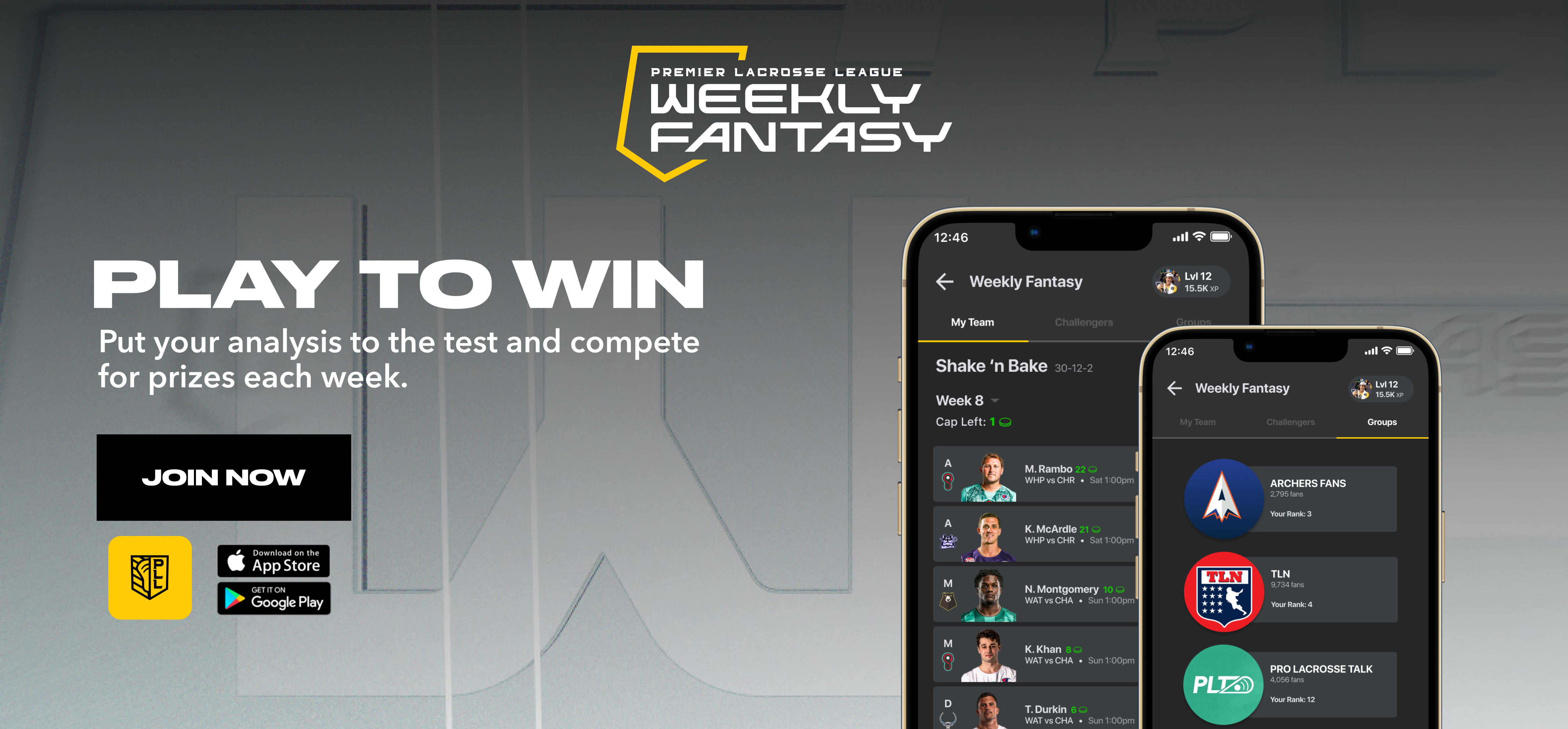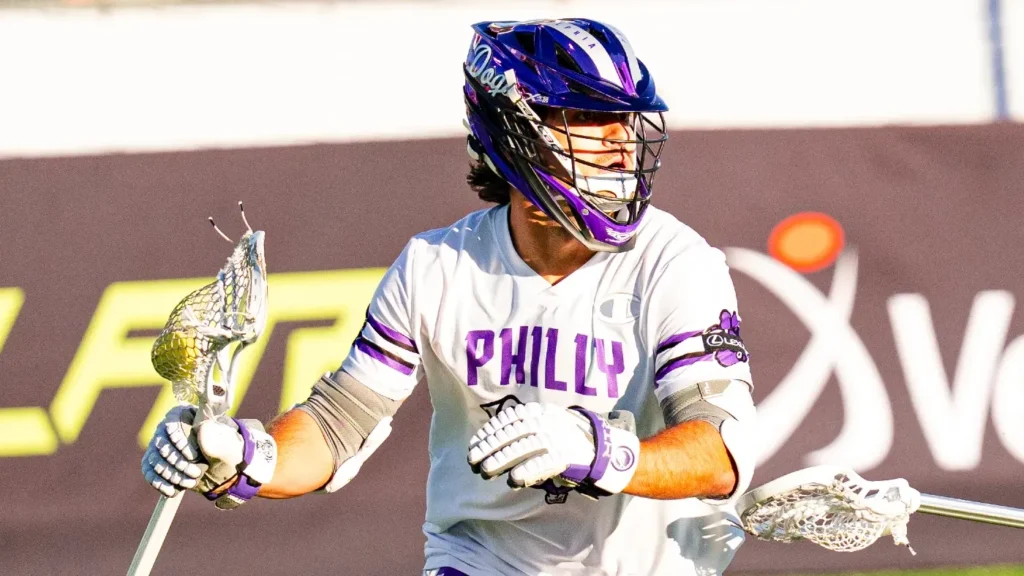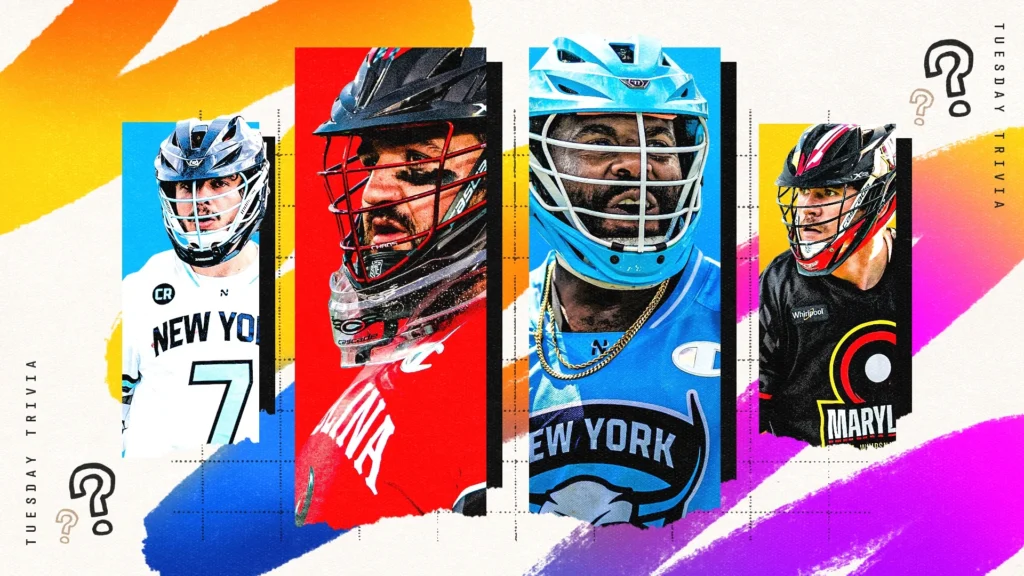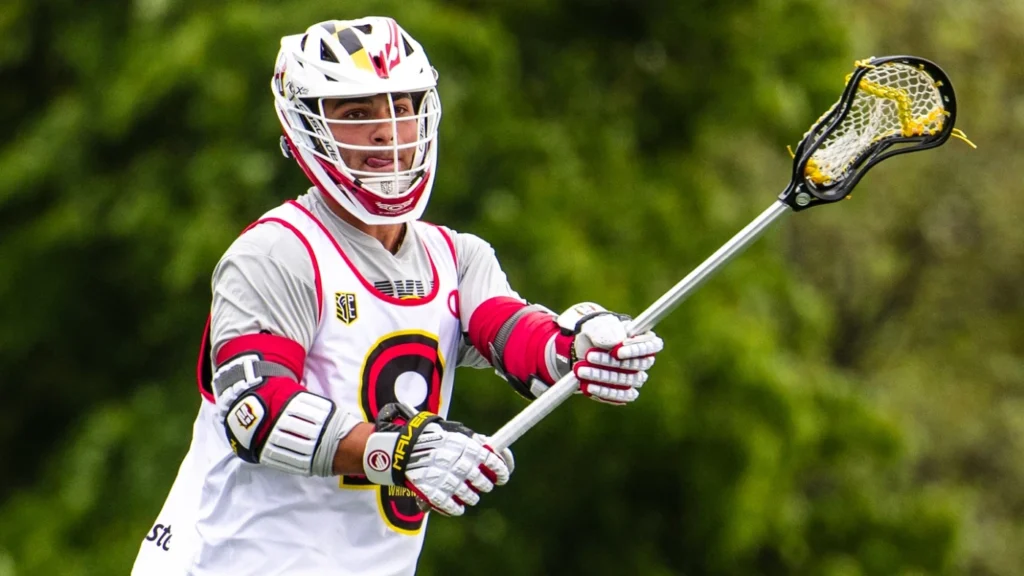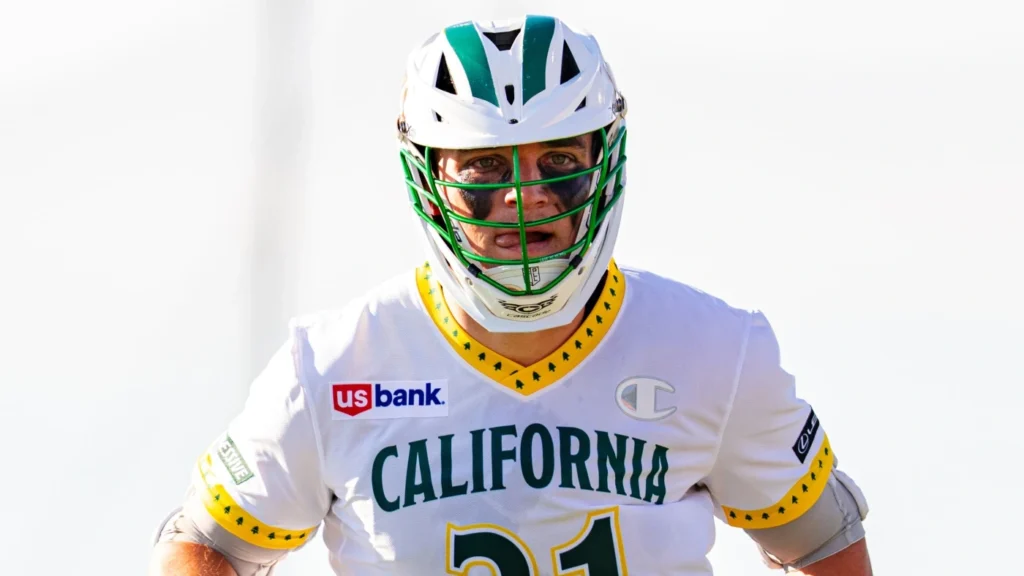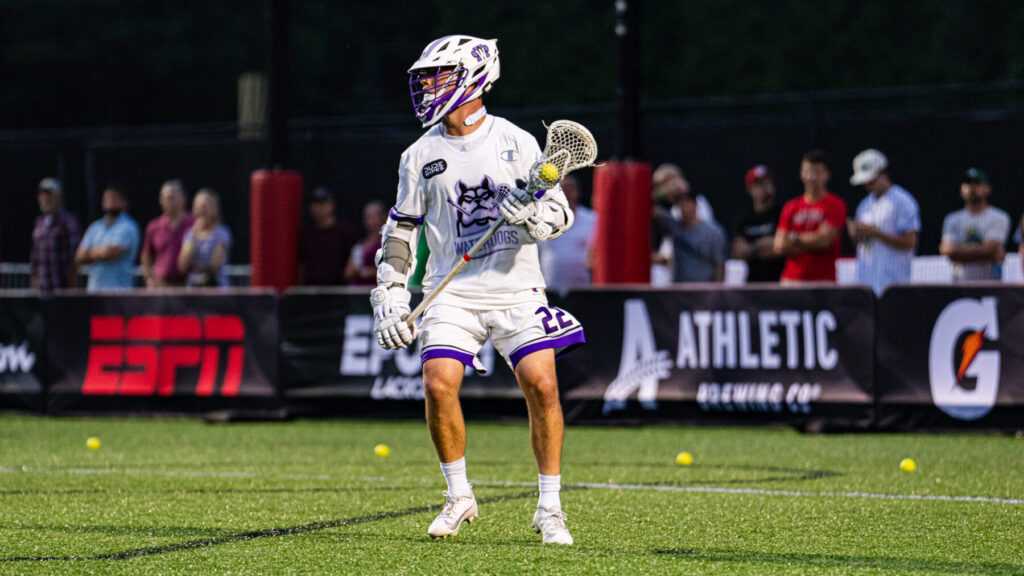
The Secret Behind Michael Sowers’ Elite Footwork
By Wyatt Miller
Jul 20, 2023
When Michael Sowers’ lacrosse season ended each spring, his dad, David Sowers, would hide his stick in the attic. And every year, Sowers scoured the house looking for it, but never succeeded.
This might seem like an odd choice to some parents and coaches, especially as more and more kids are forced to specialize in a single sport. But giving Sowers a break from lacrosse, allowing him to try his hand at other sports and hobbies, made him one of the most unique attackers in the game.
“Had I never played football, I don’t think that I would have developed some of my moves,” Sowers said. “I think they come directly off a football field.”
Sowers’ football training has helped him create irreplicable movements on the lacrosse field. In fact, his personal trainer, Kenny Williams, didn’t even know all the rules to lacrosse when they started working together. He just threw Sowers into footwork drills for wide receivers and running backs. After working together for seven years, they still do some of those same drills, and Sowers calls him after every season to say that – somehow – he got faster.
REDS Camp: Relentless Effort Defines Success
That acronym drives Williams’ training mindset. Even with football players, which is his primary sport, Williams is clear that he won’t increase their tactical skill.
“I’m not going to make you a better lacrosse, football, basketball player skill-wise, but I can make you move better and make you move a little quicker,” Williams explained.
He mostly trains Philadelphia and Miami-based athletes, but Sowers’ success has catapulted him into the PLL market. His professional athlete pool now includes Nakeie Montgomery, Jules Heningburg, Tucker Durkin, Grant Ament and others, as well as NFL players Haason Reddick and Craig Reynolds.
David, who runs a youth lacrosse camp in the summer, said he sends everyone he can to Williams because both understand the significant crossover that exists between lacrosse and football. Training one is to train the other.
“Juking in football is the same as doing a split dodge,” Sowers said. “It’s the same exact footwork, same exact concept of trying to deceive the defensive back the same way you deceive a long pole. You’re trying to set him up to change his feet and change his body level.”
It’s to the point where Williams is getting more lacrosse clients than football, David said. And in taking that on, he’s come to understand how to succeed in the sport, and adjusted some of his speed drills to incorporate a lacrosse stick.
Sowers’ Training Breakdown
Sowers and Williams workout almost daily in the offseason. On a typical training day, they start with basic speed and change-of-direction drills. There’s no lacrosse equipment involved.
Then, they move to the speed ladder, where Sowers chops his feet as fast as possible. Sometimes it includes a stick, sometimes it doesn’t. And Williams is there to maximize every step, ensuring his foot placement is ideal and his dodge out of the ladder is as fast as possible.
“He’s already quick, so if I can illuminate even one false step or make him get one step a little quicker, that’s all we’re doing, just those little details with repetition,” Williams said.
Finally, they move to the hurdles, boosting knee bend and quickness out of the break. These three types of drills are the staple of their work together, Sowers said, training muscle groups that will add to his already-exceptional agility. After that, Sowers will run through a variety of exercises that focus on different movements, shifting throughout the week.
While they work 1-on-1 most days, both prefer a group setting because of the competitive aspect. Sowers has trained with a collection of PLL players as well as a football group that includes Reynolds (NFL RB), Rasheed Bailey (CFL WR) and Torrey Smith (Super Bowl Champion WR).
“One of the reasons I love training with those guys is, I’m always watching,” Sowers said of the football group. “I’m just watching their footwork and how they set up defensive backs and how they move a certain way and what their foot placement is.”
Sowers is a student in these sessions. He pictures himself using those exact moves on a long pole rather than a defensive back, Williams said, and even runs routes with them, trying to master the timing of his cuts and turn defenders around.
Football Background
David didn’t let Sowers play club lacrosse until the fifth grade, so it was all football up to that point.
From the age of seven, Sowers was a triple-option quarterback (think Ravens playbook with Lamar Jackson). That scheme requires the QB to read multiple defenders coming from different angles in a split-second, and can only be run with an incredible athlete under center. Sowers was reading it on his own by the age of 11, and the team went 55-3 to win three state championships in four seasons, Sowers said. Even from that young age, it was obvious that he had developed an elite combination of athleticism and intelligence.
“He kind of had to slow the game down in his mind,” David said, adding that – somewhere down the line – that set the foundation for his accelerated processing from X.
That led him right into Upper Dublin (PA) High School, where Sowers switched to receiver on the football team because he “stopped growing,” and was an attackman on the lacrosse team. As an offensive weapon, Sowers said that’s when his movements and training started to bleed between sports, which has made him less predictable in each.
He started studying the art of route running, staying up late watching youtube videos of guys like LeSean McCoy, Michael Vick and Jerry Jeudy. Playing three different positions, they use different juking styles to deceive defenders, and Sowers still takes inspiration from each of them in different lacrosse contexts.
After his first PLL season, Sowers said he missed football so much that he joined an adult “rough touch” flag league with “guys who played high school football, but now this is their Super Bowl.”
The decision was three-fold: Sowers was able to stay in shape, avoid lacrosse burnout and train the same movements with a new method. His teammates didn’t understand the appeal, given the risk that accompanies any contact. But David, who had raised his son to be more than just a lacrosse player, expected nothing less.
Every move Sowers makes is reactionary, he explained, and there’s only so much training that can replicate the mental and physical speed of reacting to PLL defenders. This league was an opportunity to get live reps in a different setting, and it led to a massive leap in production along with a championship campaign for the Waterdogs.
Now, when parents ask David how their kids can improve in any sport, he tells them to “get the footwork down, because everything in sports is about how you move.”

